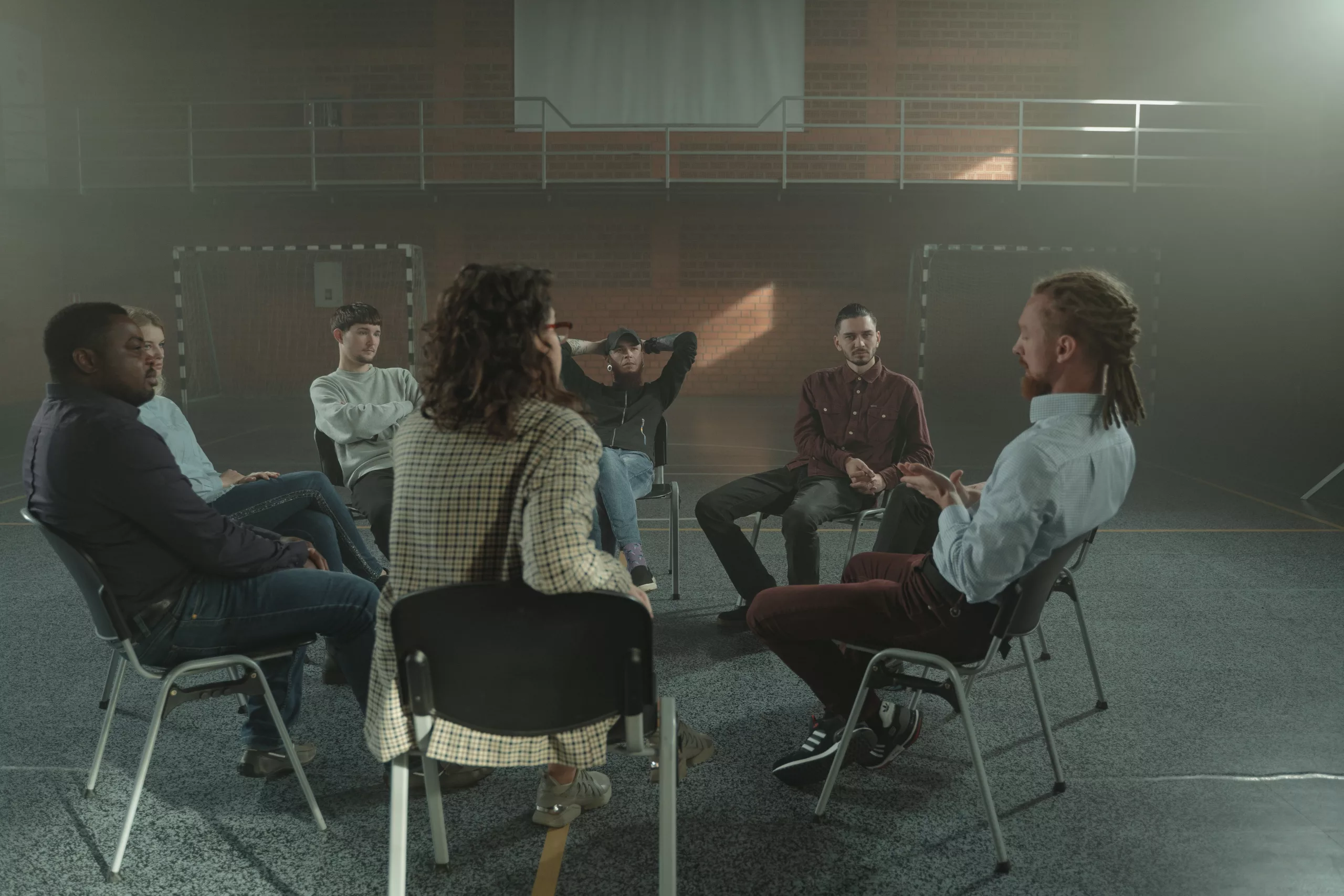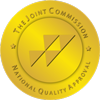Dialectical Behavioral Therapy (DBT)
Talk therapy has been proven to treat many mental illnesses, from alcohol use disorder and bipolar disorder to attention-deficit hyperactivity disorder and obsessive-compulsive disorder. Dialectical behavior therapy (DBT) is a form of cognitive behavioral therapy (CBT), which focuses on a person’s thoughts and feelings rather than just their psyche. A relatively new form of therapy created in the 1980s, dialectical behavior therapy is an effective form of talk therapy. DBT is available at Sana Lake Recovery Center. Learn more about how DBT works, who can benefit from it, and how it can help you.
How Does Dialectical Behavior Therapy (DBT) Work?
Dialectical behavior therapy was originally designed to specifically treat borderline personality disorder, but it is now used to treat a variety of mental health disorders and addictions. DBT emphasizes the psychosocial aspects of treatment — focusing on how you interact in your relationships.

Put simply, dialectical behavior therapy encourages patients to live in the moment. They are taught how to improve their relationships, cope with stress and grief, and regulate their emotions. Dialectical behavior therapy follows the belief that some people react more strongly to romantic, friendly, or emotional situations than the average person. It can take a long time before these emotions go back to normal levels. Dialectical behavior therapy aims to help people recover from such sudden surges of emotion.
The theory of “dialectics” follows three basic principles:
- Change is constant and inevitable
- All things are constant
- Opposites can be integrated to form a closer approximation of the truth
DBT counselors will also bring validation into their therapy techniques. Counselors can make patients feel validated in their feelings on certain situations based on their life experiences, while also not necessarily agreeing that these are the right feelings to have. When patients feel “valid,” they’re less likely to balk at the idea of change and be more vulnerable to distress when it comes up.

The Components of DBT
- Individual weekly psychotherapy sessions: DBT is unique in that it offers both individual and group therapy sessions. The individual ones emphasize problem-solving behavior and apply them to the patient’s issues from the past week. First, suicidal and self-harming behaviors are addressed, followed by ones that may interfere with therapy and post-traumatic stress responses. The counselor will work on the patient’s self-image and social skills, as well as their self-respect.
- Weekly group therapy sessions: These sessions usually last about two-and-a-half hours and are led by a licensed mental health counselor trained in DBT. They last for about six months. Patients learn from one of the four modules of DBT, which will be explained later.
- Phone coaching: Phone coaching is another option for people who can’t see their counselor in person or just for extra support. This is a good option for patients who may feel overwhelmed. Your DBT counselor will go over the skills you have learned and how you can apply them to real-life challenges.

Other components of DBT include the following:
- Collaborative: In DBT, patients and counselors are constantly working together. People in DBT are encouraged to work out their relationships.
- Support-oriented: DBT pinpoints and builds up a patient’s strengths so their self-image can improve.
- Cognitive-based: DBT is a form of cognitive behavioral therapy. As such, it helps identify emotions, behaviors, and thoughts that are hindering us from reaching our potential.
- Acceptance and change: DBT encourages patients to accept their current situation and that change is inevitable.
Modules of Dialectical Behavior Therapy
There are four modules of dialectical behavior therapy. Each module touches on a different skill to be learned that will help you regulate your emotions and behavior. They will also teach you how to adapt to and accept any changes in your life.
When you practice mindfulness, you’re accepting everything about the present moment, whether you’re feeling bad or good. DBT teaches six mindfulness skills that are divided into “what” and “how.” The “what” skills are describe, observe and participate. These teach you what you’re focusing on at the moment, which could be your awareness in the present as well as your emotions and thoughts. On the other hand, “how” skills teach you how to be more mindful: one-mindfully, effectively and non-judgmentally.
Interpersonal effectiveness refers to how well you interact in your relationships and with people around you. DBT helps you improve these interactions. In DBT, people learn interpersonal skills like being assertive and being better listeners. By being more effective in your interpersonal relationships, you can react better to situations and also communicate your needs to others.
In moments of crisis, it can be hard to be mindful. Distress tolerance is a helpful skill taught in DBT that can be effective during these times. It involves how to deal with and accept stress when it’s happening instead of turning to destructive behavior. Hurting yourself or drinking to excess may help you feel better in the moment, but it won’t entirely erase your pain. Distress tolerance teaches you how to deal with stress in four different ways: improving the moment, self-soothing, distracting and thinking of the pros and cons of not tolerating distress.
DBT also teaches emotional regulation skills so that you can control how you feel in certain situations. When you enroll in DBT, you’ll learn how to increase emotions that have positive effects, be mindful of your emotions, avoid giving in to emotional urges and solving problems in helpful ways. People with borderline personality disorder tend to experience extreme mood swings, and they can greatly benefit from emotional regulation.
What is DBT Homework Like?
DBT homework is assigned based on each of its four modules. An example of DBT homework for mindfulness might be paying attention to your breath. You’ll take note of how you inhale and exhale and observe your belly as it rises and falls. You’ll also work on putting your body in charge by running up and down the stairs, walking around if you’re sitting, or going outside if you’re inside. The purpose of this is to let your emotions follow your body, which will distract you from how you’re feeling.
One interpersonal effectiveness exercise is the acronym GIVE. This will help improve your communication and relationships.
- Gentle: Don’t threaten, judge or attack
- Interest: Show interest in what the person is saying
- Validate: Acknowledge the person’s emotions and thoughts
- Easy: Have a light-hearted attitude and smile
An exercise for emotion regulation could be doing the opposite of what you’re feeling. Hang out with friends if you feel like withdrawing from them. This will help you have more positive emotional experiences.
Good Candidates for DBT
- Borderline personality disorder
- Anxiety disorder
- Major depressive disorder
- Eating disorders
- Substance use disorders
- Post-traumatic stress disorder
Talk with a licensed clinician at Sana Lake Recovery Center to see if DBT is the best course of treatment for you.
Dialectic Behavioral Therapy (DBT) vs. Cognitive Behavioral Therapy: What’s the Difference?
Although DBT and cognitive behavioral therapy have similar names, there is overlap between the two. DBT is a branch of cognitive behavioral therapy, and it enhances the latter’s effectiveness. While DBT looks at how a person interacts with others in relationships and different environments, CBT focuses on a person’s thoughts, feelings, and behaviors. Counselors who practice DBT feel that some people react to relationships more intensely than the average person does. CBT is also different from DBT in that it’s structured and uses strictly one-on-one sessions.

Typical Results of DBT
Once you complete dialectical behavior therapy, your interpersonal skills will have drastically improved. You will be better able to adapt to challenging situations instead of working against them. You’ll also learn how to effectively control and regulate your emotions and learn how to react healthily to tough situations like breakups, loss, and career changes.
How to Get the Most Out of a DBT Session
- Show up to your appointments: You’re only going to get out of DBT what you put into it. The most basic requirement of therapy is that you show up. You may be tempted to skip sessions if you feel like you aren’t making progress, but you need to fight this feeling. Progress doesn’t happen overnight.
- Do your homework: Your homework will help you apply the skills you’ve learned in your DBT sessions outside of the classroom. This will speed up your progress and help you learn quickly.
- Participate in group sessions: Group sessions are a good time for you to share your experiences with others. Your counselor may also use your experience as an example and even assign homework to everyone based on this experience. This can be invaluable to you as you go on your therapy journey.




